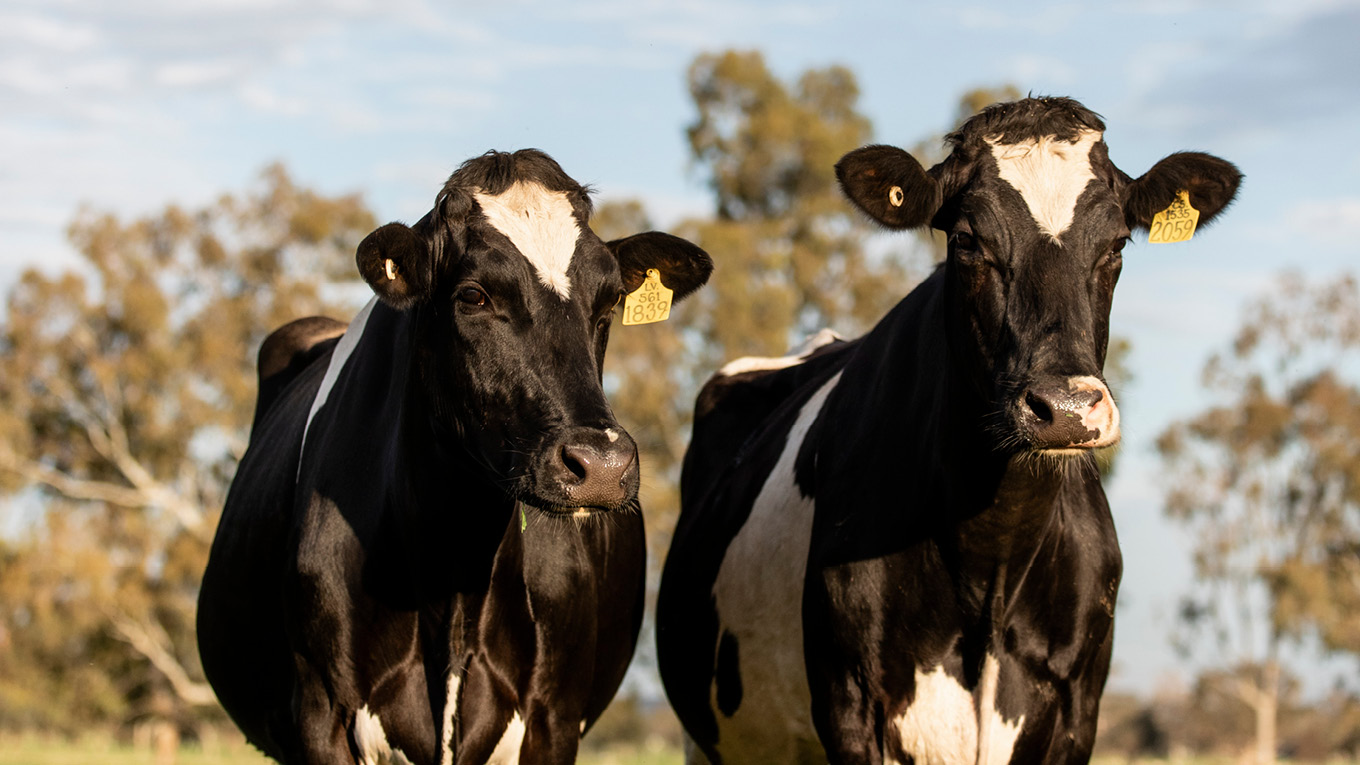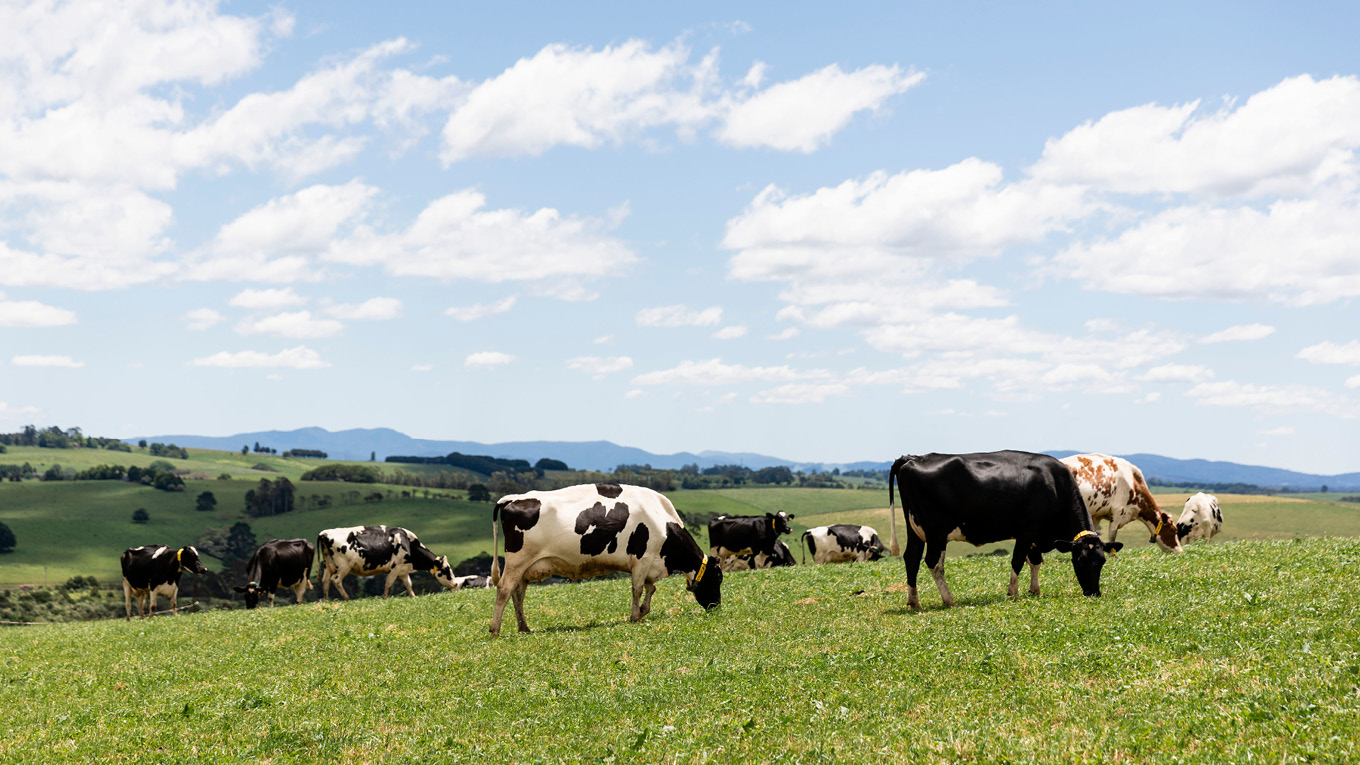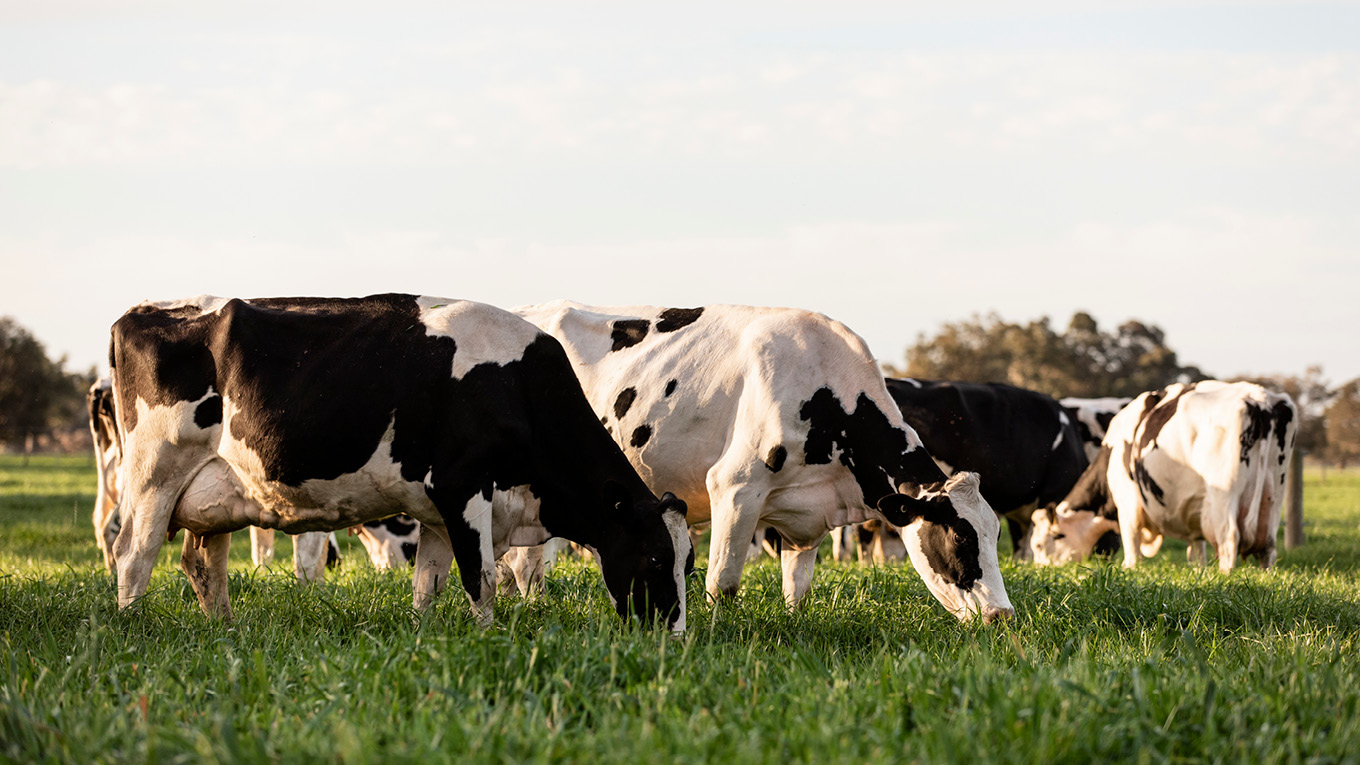Feed Planning & Purchasing
When buying feed, farmers should look out for premium physical quality over the price of the product. The following information contains tips to help farmers plan well and buy right.
Purchasing
Knowing whether feed is good value for money is critical before paying for it. Some quick number crunching can give farmers a much clearer idea on whether they are buying good quality and good value feed.
Three steps of the buying process
- Plan well: Prepare feed budgets regularly and determine the maximum affordable feed price which still allows the business to be profitable.
- Buy right: Take into consideration feed quality, feed supply as well as price risks.
- Feed carefully: Avoid unnecessary feed losses through wastage at delivery, storage and feed-out. More information on feed wastage is available on the feed wastage page.
Feed buying methods – farm-to-farm vs trade purchases
At first glance, buying direct from a grain or fodder producer to save costs rather than a feed trader or merchant may seem appealing, but it is important to take a closer look.
Making the choice between a direct purchase farm-to-farm versus a trade purchase means considering the contract management issues and the physical movement issues when sourcing grain or fodder.
Other considerations include supply chain costs, market volatility and supplier risk.
Key purchasing tips
- Visually assess a feed's physical quality first
- Look beyond the price tag and use feed lab analysis results
- Use reliable feed analysis results for your value assessments
- Use yardsticks to determine value per unit of energy and protein
- Consider whether there is time to manage all the tasks associated with managing feed supply
- Effective management does not happen by itself. Stockfeed companies, merchants or traders can can manage these tasks
- Monitor feed prices on a daily/weekly basis or use a trusted merchant to stay informed
- Manage supplier risk internally or use a trusted stockfeed company, merchant or trader
More feed purchasing tips are available on the Don't gamble with feed quality fact sheet.
Resources
- The Buying feed direct farm to farm fact sheet helps farmers to understand the difference between direct buying (farm-to-farm), via a broker and third party methods.
- The Three steps to better feed buying decisions fact sheet outlines a three-step approach to buying feed and provides key tips for success.
- The Buying grain - it's a world market fact sheet helps to set a strategy to manage price volatility in the global market.
- The Buying fodder - it's a domestic market fact sheet helps farmers understand how the fodder market operates and develop a fodder buying strategy that meets their needs.
Buying fodder
Knowing how the fodder market works is the first step in setting up a smart strategy for buying fodder. There are a number of factors to remember when buying fodder:
- Be aware that fodder, unlike grain, is a domestic market and hay prices are less transparent than grain prices
- Always buy according to weight (tonnes, not bales)
- Always ask for a feed analysis to determine its nutritional value. This will also assist in feed budgeting
- Consider using a sliding scale to match price with quality
- To manage price risks, consider forward contracting in the feed buying plan as an alternative to buying at the spot price
- Always use a contract to secure supply
- Use the 'Contract confirmation form' from the Grain Trade Australia website, obtain vendor declarations or use accredited suppliers to satisfy the quality assurance requirements of milk companies.
More information is available on the Australian Fodder Industry Association website.
Key fodder tips
- Maintain fodder stocks in reserve for lean growing seasons
- Conserve extra forage as silage in good years
- Using purchased hay may offer control over nutritional quality, but only if the hay is feed tested
- Be proactive in developing a relationship with a professional hay producer
Downloads
-
Dont gamble with feed qualityPDF, 453.91 KB
-
Buying feed farm to farm 2010PDF, 402.86 KB
-
3 steps to better feed buying decisions factsheetPDF, 256.06 KB
-
Buying grain its a world market 2010PDF, 498.76 KB
-
Buying fodder its a domestic market 2010PDF, 519.36 KB



